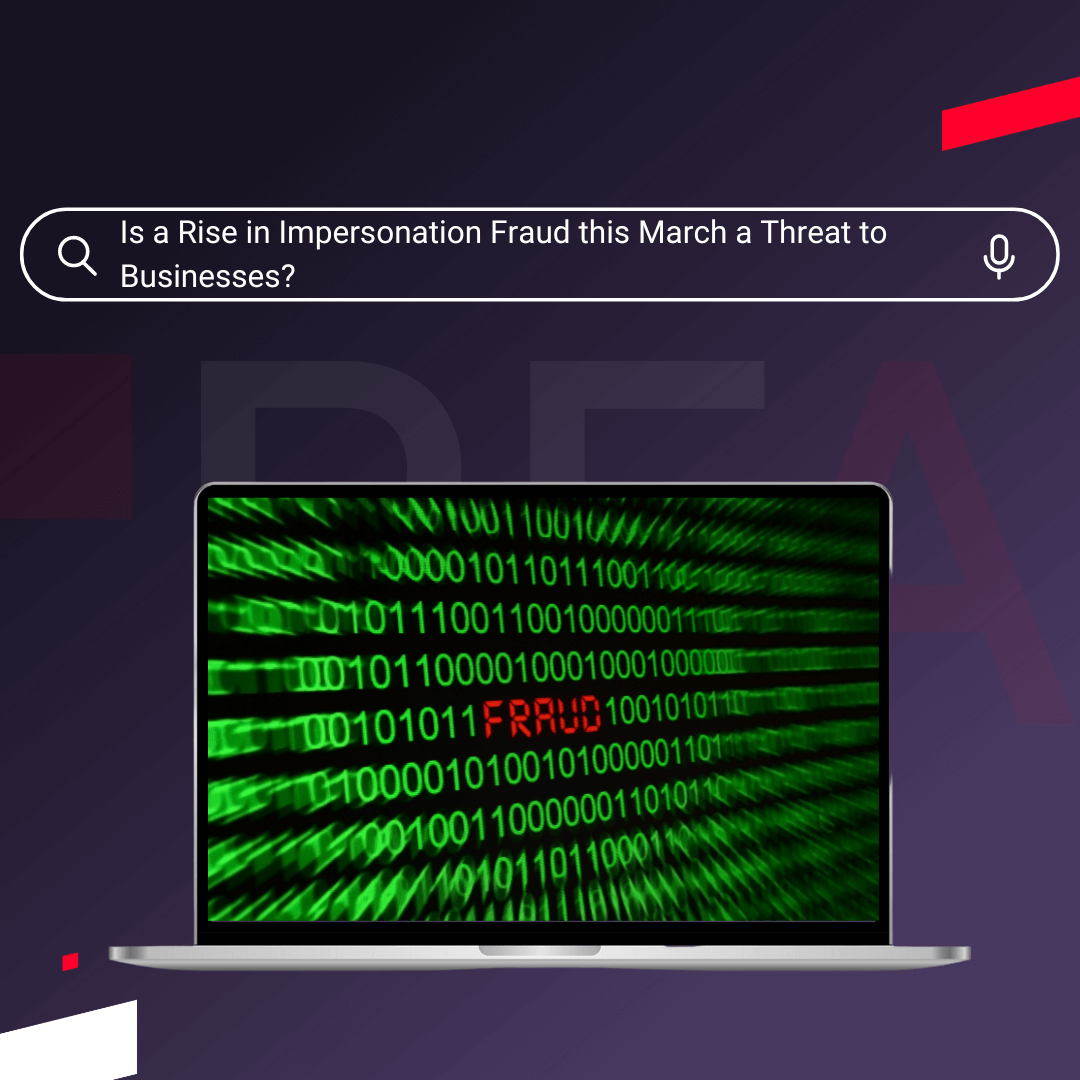Within the last year, the construction industry has accounted for 17% of all UK insolvencies, more than any other sector. This, followed by 4,165 construction firms collapsing between March 2022 and 2023, leaves an air of concern for businesses involved in the industry.
But, a 1.6% rise in construction output in June 2023 (£249 million) compared with May 2023, highlights the potential for success and growth.
To achieve this and avoid being caught by bad debt snowballing through the industry, construction companies must ensure that they are practicing robust risk mitigation by pre-screening and monitoring their business relationships.
Remaining in control requires awareness of all potential concerns, making monitoring one of the key defenses businesses can use to avoid being affected by these insolvencies.
Understanding the Construction Industry's Insolvency Puzzle
Understanding what is causing the risks within the construction industry is the first step to being able to mitigate them. Take a look at the three key pitfalls the sector faces, and how this impacts the businesses working within it:
Risk 1 - Cash Flow Issues
Across the construction industry, the gap between work being completed and payment being made supply chain puts businesses under extreme pressure. As a result, cash flow issues can arise, leaving organisations vulnerable to bad debts and late payments - key triggers for insolvency.
Risk 2 – The insolvency domino effect
Despite being a well-known element to be wary of in almost any industry, the impact the bad debt chain has on construction businesses cannot be understated.
By operating on a heavily credit-based payment system, it's common for companies to provide services and materials without getting paid upfront. This occurs at every level of a project, meaning companies both offer credit and rely on credit themselves.
Often, a company will be dependent on debtors paying on time to be able to pay their own debts, leading to payment delays.. This credit-heavy system poses challenges for Construction Finance Managers and credit professionals in the industry.
Risk 3 - Profitability Concerns
Despite some growth being seen in the construction industry, it isn’t always a shared sentiment. Business in the sector is tough, and those who can’t offer cheap, quick labour can lose out to the bigger players. Otherwise, they may have to accept work that yields low profits.
This model of low margins, combined with expensive materials and high labour costs, can leave a construction business in a deficit before the work has even begun.
Warning Signs of Insolvency in Construction
The struggles that businesses face in the construction industry should ring alarm bells, but they shouldn’t send people running.
With the right monitoring and risk mitigation processes in place, organisations can quickly spot the warning signs of insolvency.
Nine Signs That Suggest Financial Troubles:
- Late payment, or failing to pay invoices at all
- Renegotiation requests to change payment terms
- Word-of-mouth concerns
- Official announcements detailing financial performance
- Creditors issuing winding up petitions
- A sudden suspension of ongoing work
- Unsatisfied CCJs or any issued High Court Claims
- Delays in filing accounts or returns at Companies House
- Several key members of the contractor's project team left simultaneously.
Being able to spot these signs as early as possible can place a business in a much more favourable position when facing the oncoming ripple effect.
Red Flag Alert’s expertly designed customisable monitoring tool gives real-time visibility of any signs of financial distress at your debtors and business partners.
Our monitoring tool is powered by our decades of knowledge and cutting-edge algorithm that has been proven time and time again. Using these we were able to identify and predict the collapse of the construction world’s two big players.
Buckingham Group
In August, Buckingham Group, a leading construction firm, faced severe cash flow issues, ceasing trading amid escalating contract losses and liquidity reduction.
Despite a £655 million 2021 turnover, the company struggled with soaring material and labour costs, marking the largest collapse in the UK construction sector since Carillion in 2018.
Red Flag Alert's monitoring software identified Buckingham Group's high risk for financial difficulty as early as October, by monitoring the signs of insolvency and analysing various factors such as financial history and liquidity reduction.
Carillion
Despite a £5 billion turnover and £200 million annual profits, Carillion's sudden collapse in January 2018 shocked the market.
Carillion's downfall stemmed from loss-making projects, notably the delayed Royal Liverpool University Hospital and Midland Metropolitan Hospital constructions, Aberdeen Western Periphery Motorway delays, and unpaid work in Doha.
Years of aggressive bidding with slim profit margins, overtrading, misuse of reverse factoring, neglecting pension payments, and concealing financial stresses led to a £1.5 billion debt. Government intervention was required to fund essential services after Carillion's collapse, costing the UK taxpayer an estimated £180 million. The company's failure also affected 30,000 suppliers, many forced into insolvency.
Red Flag Alert, unlike other credit agencies, had already identified it as a significant risk, advising against credit extension. Our real-time data and algorithm detected Carillion's financial decline and credit risk, emphasising the need for monitoring.
Red Flag Alert's Real-Time Solutions for Proactive Insolvency Prevention and Financial Control
Despite the hardships that roll in after a company has suffered from insolvency, there is an opportunity to learn from the overall situation.
By monitoring all aspects of the businesses and organisations involved in a construction company’s supply chain, preventative action can be taken before insolvency strikes. This involves spotting and analysing internal changes, performing more enhanced customer due diligence procedures, and investing in risk management protocols.
Putting these theories into practice can be easier said than done. It requires a huge investment in time and effort and can seem like an intimidating amount of work to take on.
Red Flag Alert’s real-time and comprehensive business data gives construction companies control, as its wide range of uses provides a detailed insight into any business operating within the UK.
Late payments or non-payment of invoices can be tracked in real-time through automated systems that flag overdue payments, allowing for prompt action. Cash flow issues can be identified through the tool's financial analytics, providing a comprehensive view of a company's liquidity.
Renegotiation requests to alter payment terms can be tracked through the communication features of the tool, creating a transparent record of any financial adjustments, whilst financial performance, such as profit warnings or financial disclosures, can be promptly analysed in real-time through the tool's news aggregation capabilities.
Likewise, the tool can monitor legal actions, such as winding-up petitions or the issuance of County Court Judgments (CCJs), alerting users to potential insolvency risks.
Learn more about how Red Flag Alert can assist you or experience it firsthand with a no-obligation trial by signing up today. Gain complete access to our platform and features and regain control.




